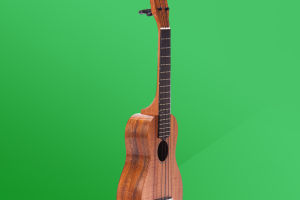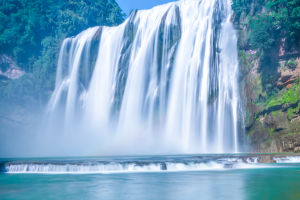Capturing nighttime car light trails in photographs is a unique artistic form, showcasing the dynamic changes and lights of urban nights through long exposure techniques.
To ensure our work is more attractive and artistic, we can delve into several aspects of this topic.
1. Choice of Photography Equipment
First and foremost, selecting the right photography equipment is crucial. The camera's performance directly affects the quality of the final image. It is recommended to use DSLR cameras or high-performance mirrorless cameras for better control and image quality.
2. Determining the Shooting Location
Choosing a suitable shooting location is key to successfully capturing nighttime car light trail photos. Busy urban intersections, overpasses, or crowded streets are excellent choices as they provide ample traffic flow and background interest.
3. Using the Right Lens
A wide-angle lens is ideal for capturing car light trails as it can capture a broader scene and enhance the sense of motion. Additionally, using high-quality lenses helps reduce lens flares and other optical anomalies.
4. Setting Camera Parameters
Before shooting, careful adjustment of the camera's parameters is necessary.
Key parameters include shutter speed, aperture, and ISO. Typically, a slower shutter speed (e.g., 1 second or longer) is chosen to capture the movement trails of car lights. A smaller aperture (larger f-stop) increases the depth of field while keeping ISO as low as possible helps avoid noise.
5. Using a Tripod and Remote Shutter Release
Since nighttime photography requires slower shutter speeds, using a tripod is essential to ensure camera stability and avoid blurry images. Additionally, a remote shutter release or timer helps prevent camera shake caused by pressing the shutter button.
6. Adjusting White Balance and Post-Processing
During the shooting process, adjusting white balance is crucial, especially in nighttime lighting environments where different types of lights may cause color casts. Furthermore, post-processing is key to enhancing the quality of the work and optimizing images by adjusting exposure, contrast, and tones.
7. Creativity and Practice
Ultimately, photography is an artistic process. While technical skills and parameter choices are important, creativity and personal style are equally essential. Through continuous practice and experimentation, discovering your unique shooting style and daring to innovate can make your work stand out.
In summary, capturing nighttime car light trails involves both technical prowess and artistic expression. By selecting suitable equipment and locations, adjusting camera settings, utilizing long exposures to capture light and shadow dynamics, and refining post-processing adjustments, you can create impressive works of art.
The key lies in continuous learning and practice, enabling you to discover and refine your photographic style, imbuing each photograph with charm and uniqueness.


